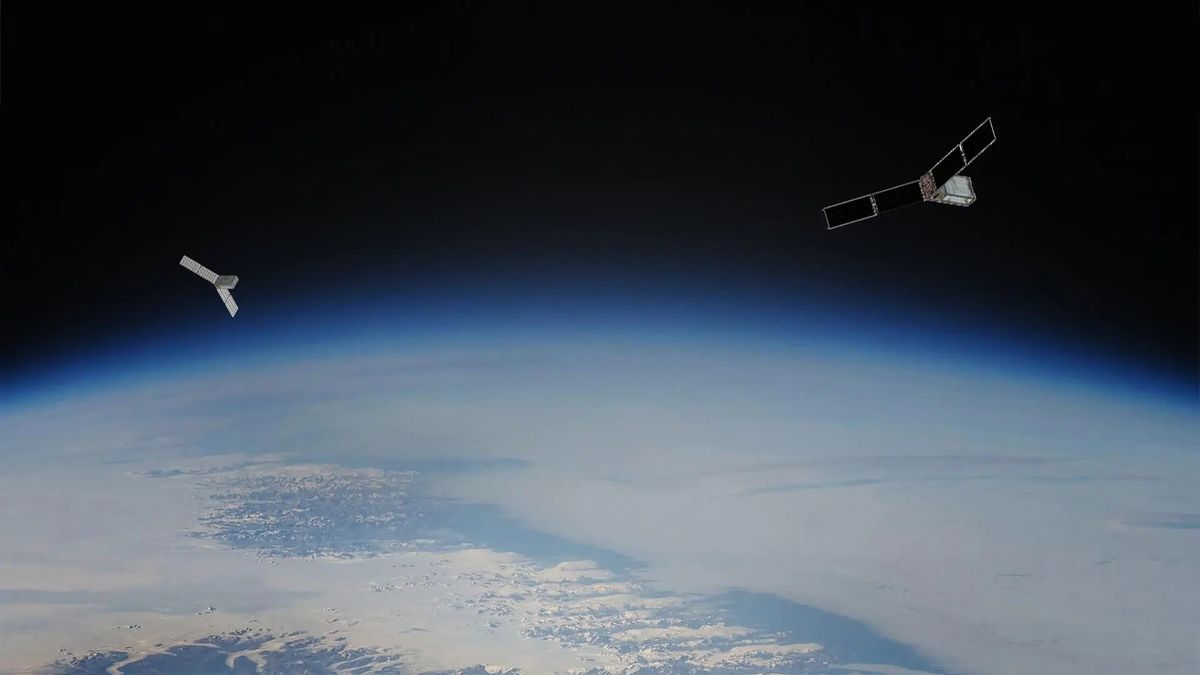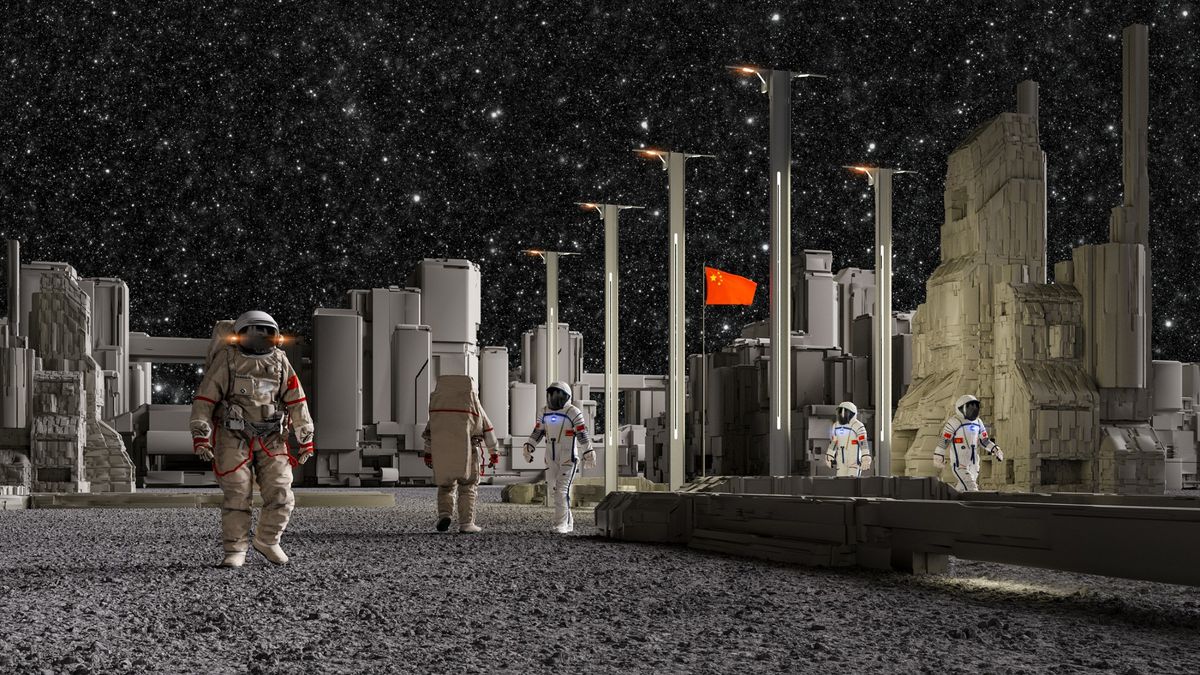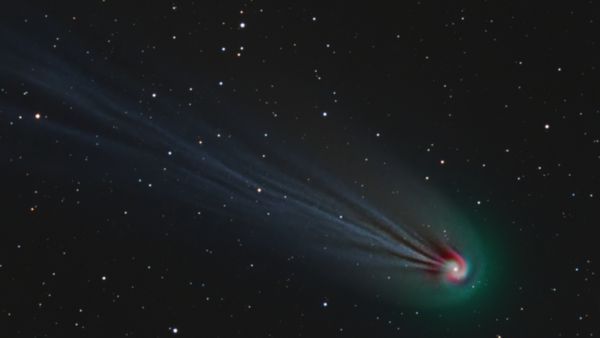NASA Tasked by The White House to Develop Moon Time Zone by 2026
The White House has charged NASA with the responsibility of creating a new time zone specifically designated for the moon by the end of the year 2026. This initiative forms part of the broader objective of the United States to set global standards in space exploration. The call to establish a lunar time zone comes at a time when there is a growing worldwide interest in establishing a sustained human presence on the moon in the years to come – a primary focus of NASA’s Artemis program.
The new standard for lunar time, dubbed “Coordinated Lunar Time (LTC),” is a component of a wider effort to “set time benchmarks on and around celestial bodies beyond Earth,” as outlined in an April 2 memo by the White House Office of Science and Technology Policy (OSTP). The specifics regarding whether the moon will adopt multiple time zones, akin to Earth, remain undisclosed at present.
The memo highlighting the significance of this endeavor stresses the importance of U.S. leadership in formulating a suitable standard that can deliver the precision and reliability necessary for operations within the demanding lunar environment. The memo concluded that such an effort would be advantageous to all nations engaging in space exploration.
Due to the reduced gravity on the moon compared to Earth, time flows marginally faster there, approximately 58.7 microseconds quicker each day. While seemingly insignificant, this difference could complicate communication between the increasing number of future missions, as well as affect the tracking of satellite and crew positions by mission control, among other challenges.
Steve Welby, Deputy Director for National Security at OSTP, emphasized the importance of implementing celestial time standards for ensuring safety and accuracy as NASA, private entities, and space agencies worldwide launch missions to destinations like the moon, Mars, and beyond.
On Earth, time is monitored using a multitude of atomic clocks situated in different locations across the globe. A similar network of atomic clocks positioned on the moon itself could be utilized for timekeeping purposes.
Kevin Coggins, Manager of NASA’s Space Communications and Navigation Program, illustrated the concept by highlighting that “an atomic clock on the moon will tick at a different rate than a clock on Earth,” underscoring the rationale for each celestial body having its distinct time standard.
Timekeeping in Space
Space agencies adopt various timekeeping methods in space operations. Astronauts aboard the International Space Station, which orbits Earth at a low altitude, adhere to Coordinated Universal Time (UTC). For spacecraft deployed elsewhere, NASA employs “Spacecraft Event Time” to log critical mission occurrences, such as scientific observations or engine maneuvers.
To set up Coordinated Lunar Time (LTC) on the moon, NASA disclosed that experts from the global community are deliberating on an approach to provide recommendations to the International Astronomical Union concerning lunar reference frames and time systems.
The Artemis program by NASA currently aims to dispatch humans to the moon by no earlier than September 2026, just three months before the slated deadline for LTC establishment. China has previously announced its plans for a crewed lunar mission before the close of this decade, with India targeting a similar endeavor by 2040.
Image/Photo credit: source url





